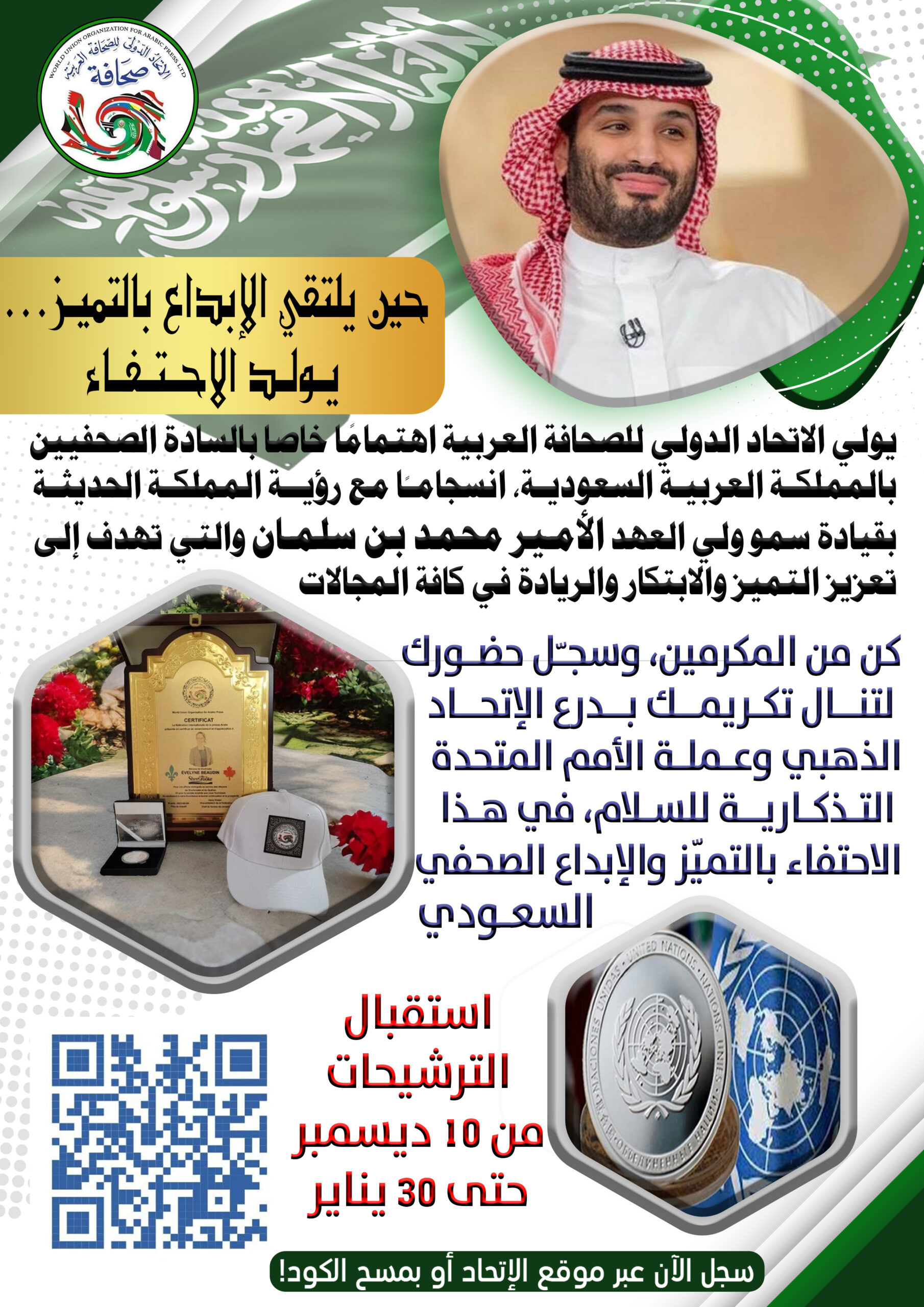RULES OF PROTOCOL AND ETIQUETTE IN WRITTEN COMMUNICATIONS

IN THIS CHAPTER, We will review and explain the different rules of protocol and etiquette when it comes to written communications.
How do you write a letter of invitation to an Ambassador? How do you write a formal e-mail? How do you congratulate an official? How you, actually, thought about how to formally wish Happy Birthday to an official, your boss or someone you respect, in other words than a simple Happy Birthday?
Communication is an essential characteristic of business etiquette.
Although the significant portion of communication in business practice is verbal, some communications must necessarily be in writing.
That is why we will cover some of the basic rules that should be seen as a guide to protocol and etiquette for written communications both in the Diplomatic and business world.
1. Etiquette in official correspondence.
Since ancient times, unlike oral communication, written communication have been a means at the disposal of educated people, so it always had a specific formalism, a certain etiquette.
All these rules of written communication, in particular the correspondence, have undergone continuous development. Still they have always maintained an absolute rigor, which has led many linguists to argue that any language can be said to have two distinct components-the spoken language and the written language.
Written communication requires special attention both in terms of form and content, and the general appearance of the document itself. The way we express ourselves in writing represents first who we are and secondly, it shows the respect we have for the recipient. This is applicable both for individuals and organizations.
Official correspondence, in particular, is subject to an additional rigor. The writing style must give the certainty that their rank ,Official position or importance is respected. For diplomatic correspondence, however, the writing style is based on the principles of equality, mutual consideration between states and respect.
THE FORMAT
Depending on the purpose of communication, written correspondence can be done in different types if paper. Regardless of the type of paper chosen it should respect the minimum standard quality. It is preferable for organizations and companies to always have a special letterhead paper, always with the same graphics. If the correspondence comes from an official, the header can contain his/her name and title.
The category of official correspondence includes both written communication between institutions and organisations, and documents sent to an official organization by third parties including individuals. For this reason, it should be noted that the format of these documents is just as important as their content. Special attention must be put because this type of correspondence involves not only the person producing the communication but also engages the organisation he/she represents. And beyond that it should not be overlooked that this type of correspondence should be archived. E.g So, if you are going to send a letter to an Ambassador, put special attention when writing it both in terms of format and content because it is a great chance that the communication will be archived. Correspondence can be formal, semi-formal and informal. For this Ecton of the book, we are talking about formal correspondence.
A formal letter is one in which the communication between the writer and the receiver is shown to be impersonal. E.g formal letter include: application letter for a job, protest letters, of request, letters of complaints, letter to editors and letters of recommendation.
The tone of formal correspondence is usually very polite.The letter must have unequivocal terms, correct expressions, spelling and punctuation. The language must be precise and the description logical, structured and concise.
We recommend that a letter should not exceed more than two pages written in a standard format.
A formal letter must meet the following conditions of format and content.
1. The name and address of the sender in the top left corner.
2. It must be dated. Usually, the date is written below the name and contact information of the sender. Depending on the letters format, it is acceptable that the date is noted, either on the left of right side.
3. Must specify to whom it is addressed.
4. The recipients name, last name, title, organization or company represented.
5. To make sure the letter reaches the correct person, you should add an “attention line” ( Attention / In attention. to. / ATTN ), right after the recipient’s address. Note that the attention lines and subject lines are different. Attention lines are used when you are writing to a specific person in an organisation or when you don’t know the recipient’s full name and your intention is to have that letter read by a person holding a specific title. Subject lines are used to show the reason of the letter.
In terms of the greeting or salutation, this will be different depending on who you are writing to and must respect the protocol rules of forms of address.
Dear Mr: Smith
For Ambassadors: Your Excellency
President: Dear Mr. President
For Pope: Your Holiness
After this comes the content of the letter. The content is made up of the body of the text organised in paragraphs.
Letters conclude with a complimentary close.
In formal Official letters before complimentary close, it is appropriate to add a consideration line. For example;
Please accept the assurances of my highest consideration.
Finally goes the signature and the originator’s name and title.
اكتشاف المزيد من الاتحاد الدولى للصحافة العربية
اشترك للحصول على أحدث التدوينات المرسلة إلى بريدك الإلكتروني.








